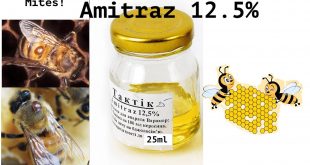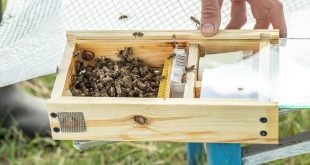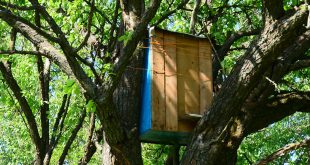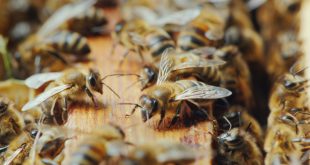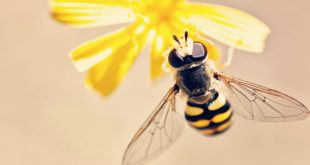Looking for a robust Varroa mite treatment? Taktic Amitraz might be your answer, with high effectiveness and ease of use. But beekeepers, be cautious: it requires careful handling and protective gear during application. Ensure you follow guidelines to avoid resistance and safeguard your bees. #BeeHealth #VarroaTreatment #TakticAmitraz
Read More »How to Use a Queen Rearing Calendar
Master the timing of queen rearing in beekeeping with our practical guide on using a queen rearing calendar. This article is a must-read for beekeepers looking to effectively manage the queen breeding process. It provides valuable insights on scheduling and organizing your queen rearing activities to ensure the successful development of new queens.
Read More »How to Build a Bee Swarm Trap – DIY Beekeeping
Swarming is a natural process of a hive splitting itself to create two colonies. It is a common occurrence whenever a colony gets too large. Beekeepers are able to catch swarming bees using swarm traps and then transfer the bees to beehives. It it is the natural way of acquiring …
Read More »How Honeybees Maintain Temperature and Humidity in a Beehive
Delve into the remarkable ways honeybees maintain temperature and humidity within their hives with our insightful article. Understanding this aspect of bee behavior is crucial for beekeepers, as it highlights the intricate natural mechanisms bees use to create a stable environment for colony survival and productivity.
Read More »Why Bees are Important
Discover the crucial role of bees in our ecosystem with our enlightening article. It delves into why bees are vital for pollination, supporting biodiversity, and maintaining the balance in nature. Perfect for anyone interested in environmental conservation and agriculture, this piece highlights the immense value bees bring to our world and the importance of protecting these essential pollinators.
Read More » BeeKeepClub Resources and Guides for Beekeepers
BeeKeepClub Resources and Guides for Beekeepers

